11 Easy Fixes for When iPhone Brightness Keeps Changing
- Various settings on your iPhone, like Auto-Brightness, Night Shift, and True Tone, effect screen brightness adjustments. Understanding and configuring these features can help you maintain consistent screen brightness tailored to your preferences.
- If your iPhone's brightness fluctuates unexpectedly, try disabling Auto-Brightness, True Tone, or Night Shift, checking for overheating, and updating iOS.
- If adjusting settings doesn't fix the brightness issue, it may indicate a hardware problem or a deeper software issue. In such cases, contacting Apple Support or visiting an Apple store for professional assistance is recommended to resolve the problem effectively.
All smartphones, including iPhones, incorporate a feature that dims the screen to preserve battery life. The iPhone, especially with its large screen, consumes a significant portion of the battery. Occasionally, the screen might dim excessively, making it challenging to use efficiently. This issue can stem from various factors, as the iPhone has multiple features controlling brightness levels.
While the problem might be hardware-related, it’s essential to first verify software issues. This guide will clarify the Auto-Brightness feature on iPhones, explore potential reasons for persistent dimming, and provide solutions to address the issue.
What is the auto brightness feature in the iPhone?
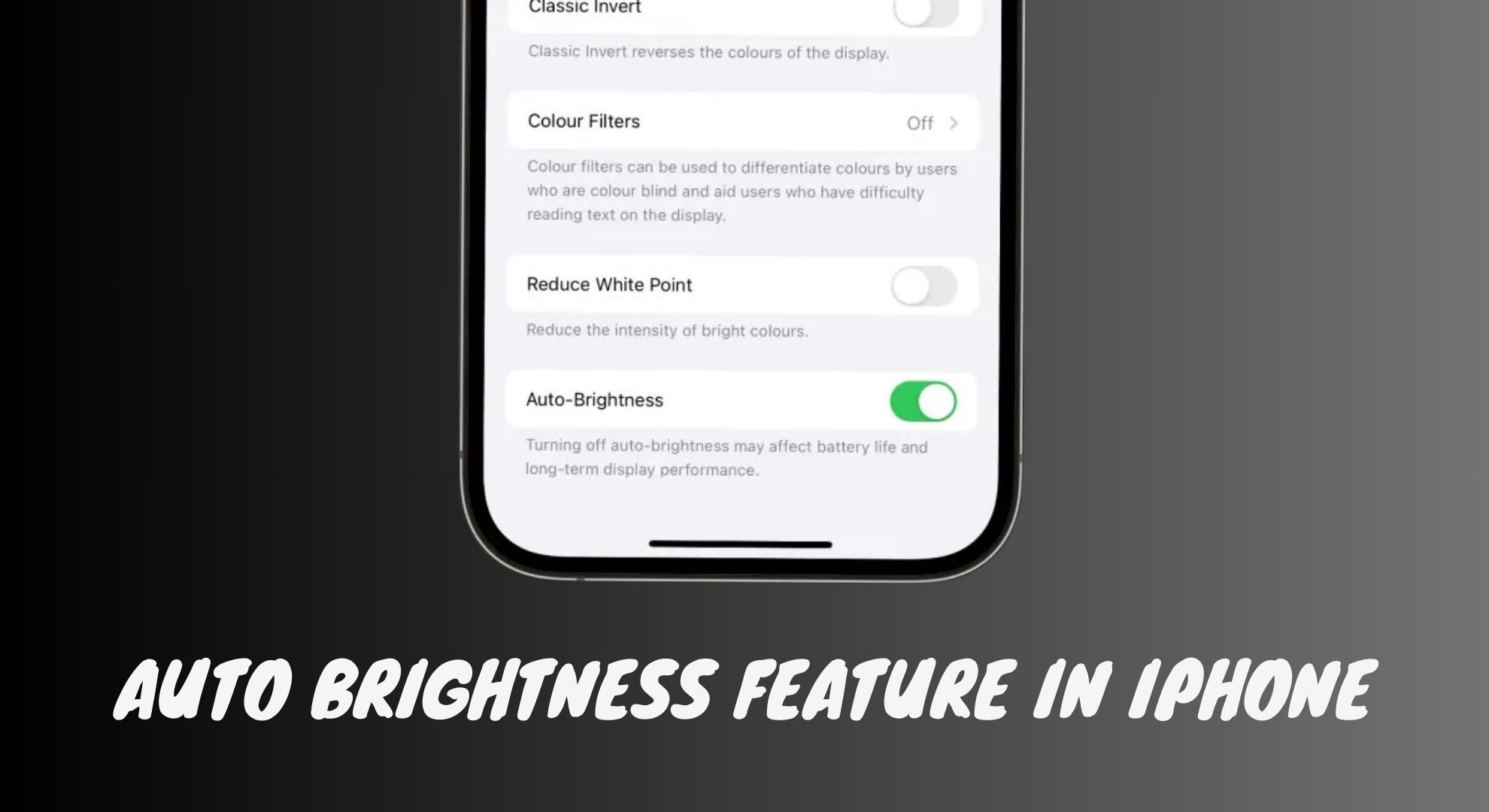
The auto-brightness feature in iPhones adjusts the screen light according to the ambient light conditions. This feature enhances visibility and conserves battery life. It eliminates the need for manual brightness adjustments, as the phone optimizes it automatically.
This feature ensures optimal light levels, providing comfort for your eyes and reducing strain. It contributes to eye health by minimizing the potentially harmful effects of prolonged screen exposure. Features like auto-brightness enhance the iPhone user experience and protect your eyes.
Why does the iPhone’s brightness keep changing?
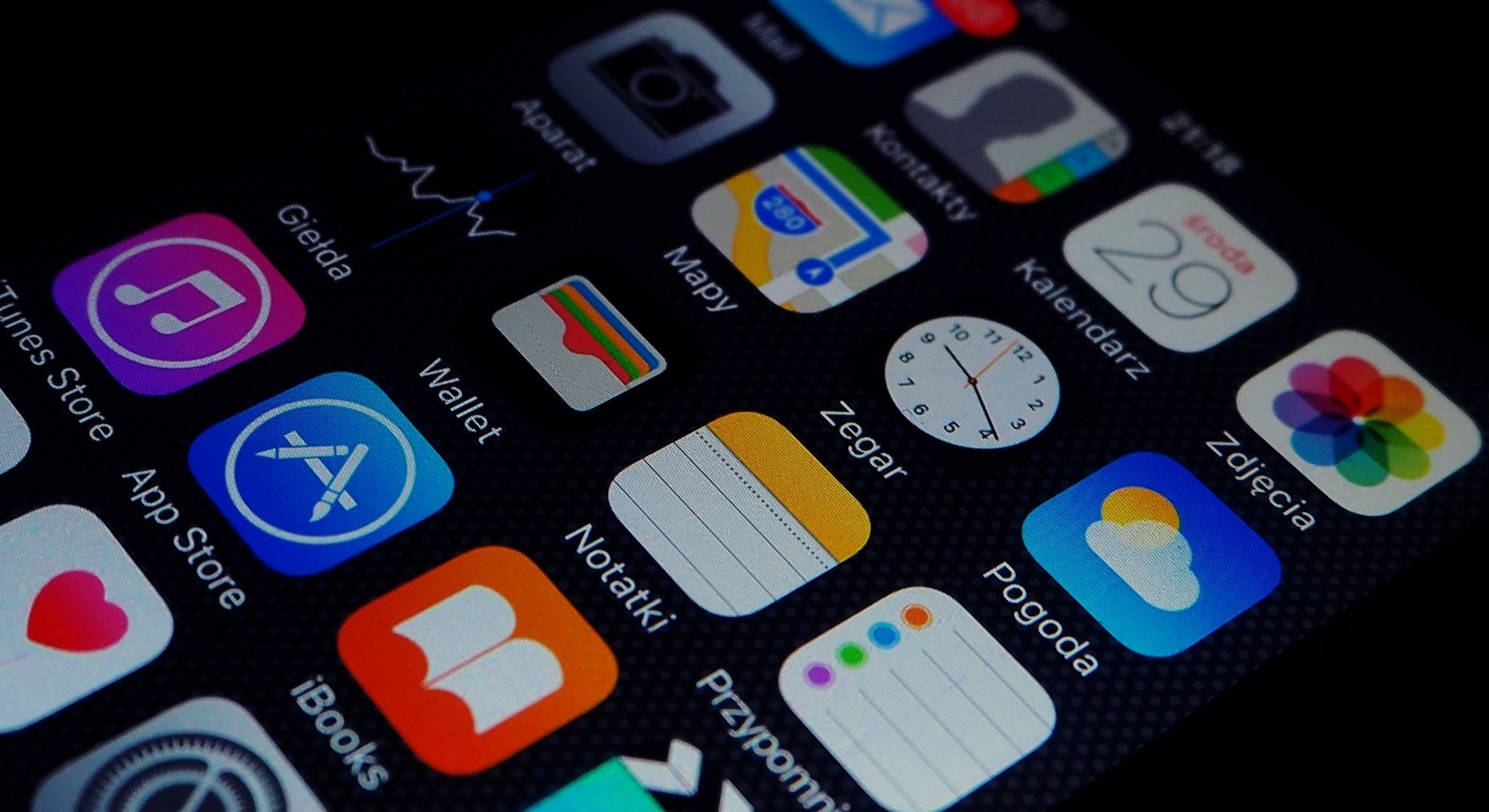
Your iPhone automatically adjusts screen brightness based on ambient light. While this adjustment is beneficial, some users may prefer consistent brightness levels rather than constant fluctuations.
Occasionally, the brightness may change unexpectedly or the Auto-Brightness feature may persist even when disabled. Here are some potential reasons for these occurrences:
- Auto-Brightness is enabled: If your iPhone is updated, it likely features Auto-Brightness. This function adjusts brightness depending on surrounding light for optimal visibility.
- Night Shift is active: Apple’s Night Shift adjusts screen color and brightness to promote eye relaxation and improve sleep quality after phone use.
- Overheating: An iPhone that overheats may dim the screen to protect internal components. Overheating occurs when internal temperatures exceed normal levels.
- Software glitches: Sometimes, software issues may lead to unexpected screen dimming, causing brightness fluctuations without input.
- Water damage: Exposure to water might disrupt the iPhone’s ability to accurately detect light conditions, resulting in improper brightness adjustments.
How do you fix if your iPhone brightness keeps changing?
Fortunately, you can modify settings on your iPhone to prevent automatic dimming when transitioning between different environments. Follow these steps to manage auto brightness effectively.
1. Disable auto-brightness
To manage screen brightness manually, you should disable the automatic brightness setting. This step ensures that your screen won’t continue adjusting based on ambient light.
- Open the Settings app and select “Accessibility.”

Go to Accessibility - Tap “Display & Text Size.”

Tap Display & Text Size - Scroll to the bottom and toggle off “Auto-Brightness.”

Turn off Auto Brightness
If the issue persists, further adjustments may be required.
2. Check if your iPhone is heating up
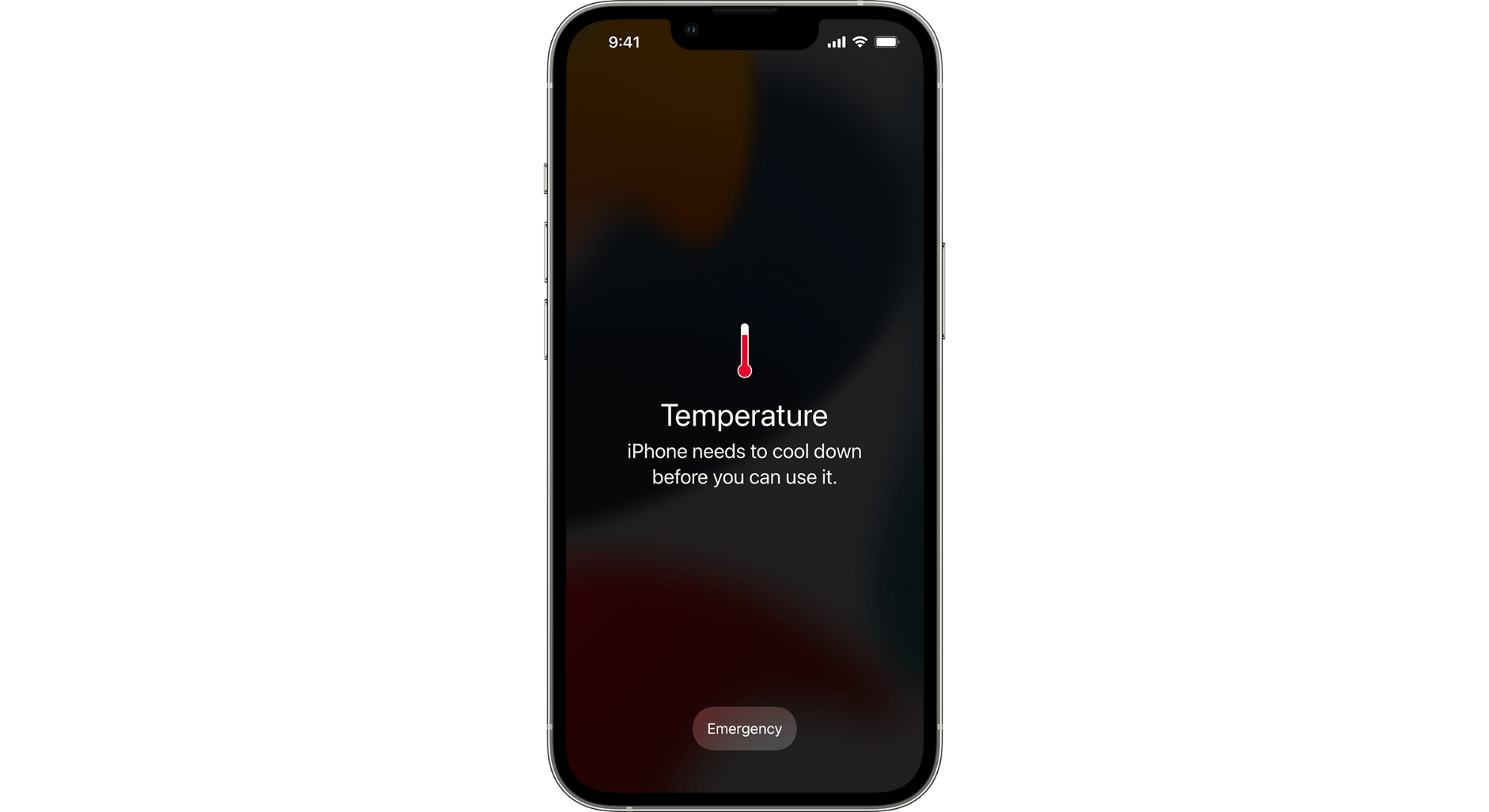
An iPhone that overheats can dim the screen, even with auto-brightness off, to prevent potential damage. Overheating may occur from prolonged pocket time, exposure to sun, or heavy use while charging.
To address overheating, close all background apps, remove the case, and allow your device to cool. Turning the device off speeds up cooling. If overheating caused the dimming, your screen should stabilize post-cooling.
3. Disable Attention-Aware features on the iPhone
Your iPhone might adjust brightness based on Attention-Aware Features, which dims the screen when it detects you’re not looking. To disable this:
- Go to Settings and select “Accessibility.”

Go to Accessibility - Choose “Face ID & Attention.”

Open Face ID & Attention - Toggle off “Attention Aware Features.”

Turn off Attention Aware Features - Enter your passcode to confirm changes.

Enter passcode
4. Check the Night Shift feature
Night Shift adjusts screen colors for comfort in low light, which could affect brightness settings. Here’s how to manage it:
- Navigate to Settings and tap “Display & Brightness.”

Tap Display & Brightness - Tap “Night Shift.”

Tap Night Shift - Disable the scheduled option.

Turn it off
5. Disable the “True Tone” option
True Tone is a feature that alters screen brightness according to the surrounding light and temperature. It enhances viewing but might not perform well near a fan or in changing conditions, warranting disabling.
- Open Settings and navigate to “Display & Brightness.”

Tap Display & Brightness - Locate the “True Tone” option under the brightness slider and toggle it off.

Turn off True Tone
6. Reduce White Point on your mobile
Reducing the White Point diminishes bright colors’ intensity, creating a less intense viewing experience. This adjustment helps maintain consistent brightness, especially in darker conditions. Here’s how to modify it:
- Open Settings and locate “Accessibility.”

Go to Accessibility - Select “Display & Text Size.”

Tap Display & Text Size - Scroll down and enable “Reduce White Point.”

Turn on Reduce White Point - Adjust the slider to 25% to suit your preference.

Move the Slider to adjust
7. Update iOS Version to stop your iPhone screen from dimming
Installing the latest iOS update can resolve this issue by addressing minor bugs and enhancing system stability. Before updating, ensure your iPhone is connected to Wi-Fi and adequately charged. Here’s how to update:
- Access “Settings” and tap “General.”
[caption id="attachment_401220" align="aligncenter" width="1980"]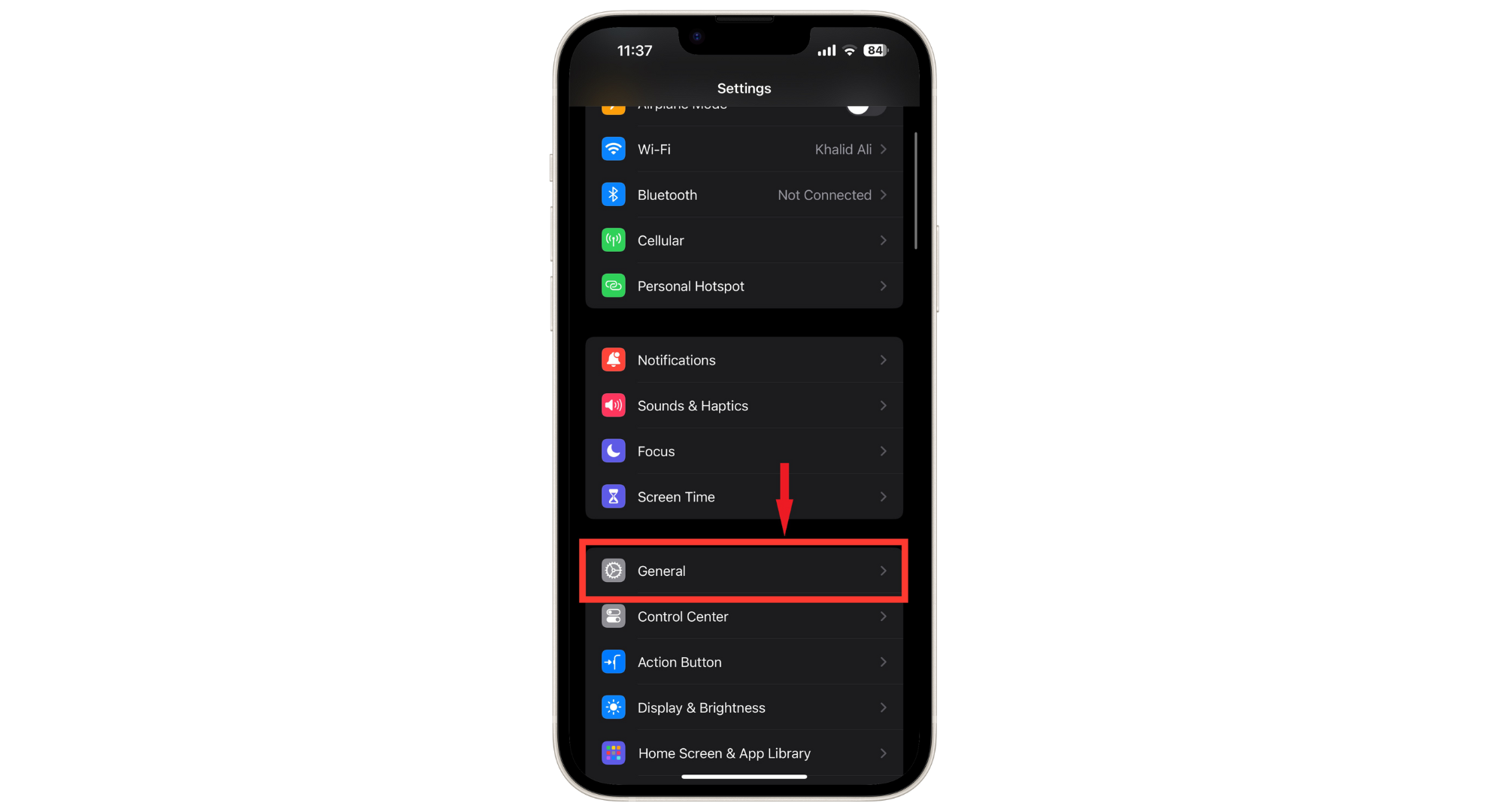 Tap General
Tap General - Select “Software Update.”
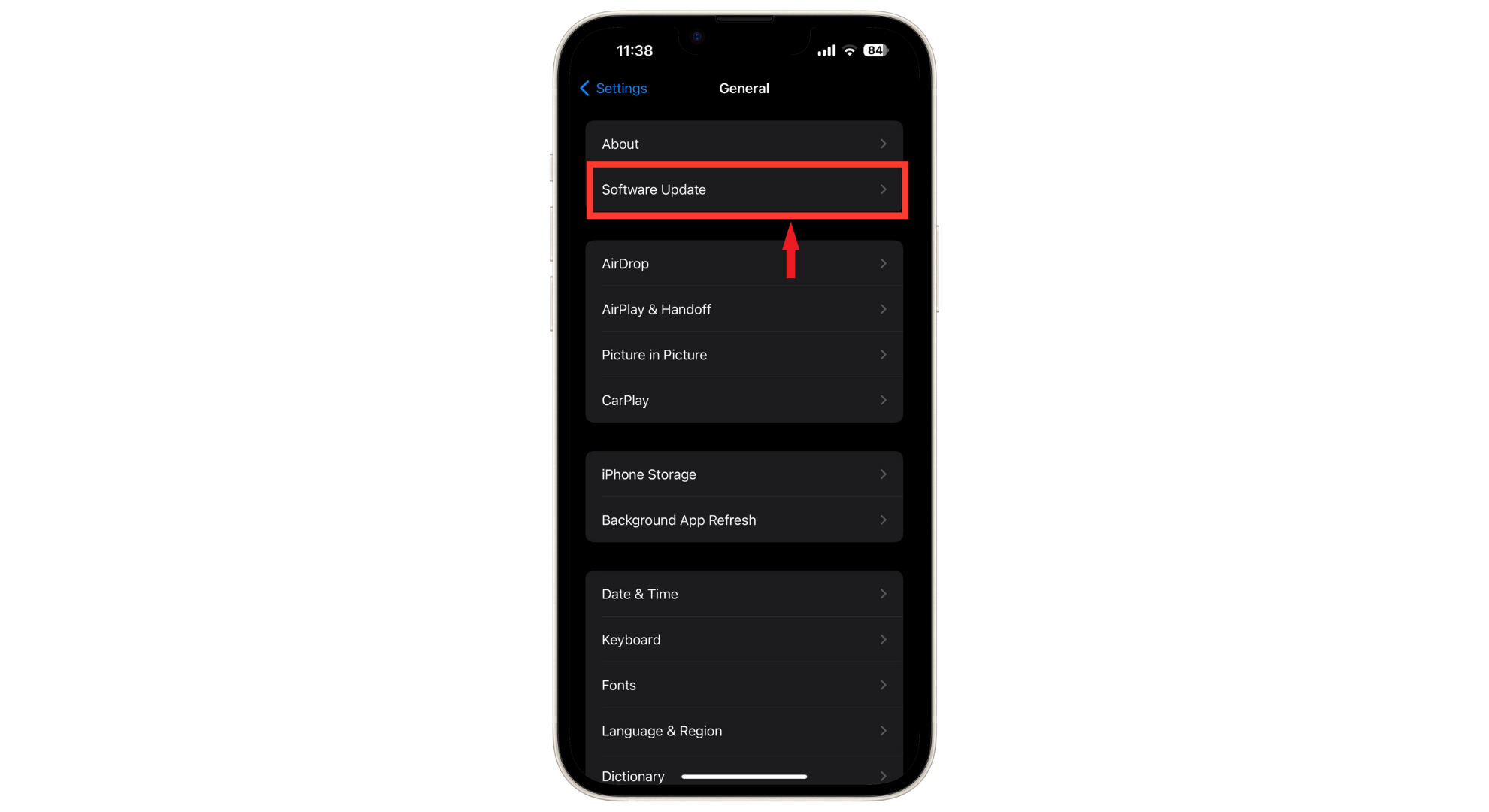
Tap on Software Update - If a new iOS version is available, tap “Download and Install” to update your device.
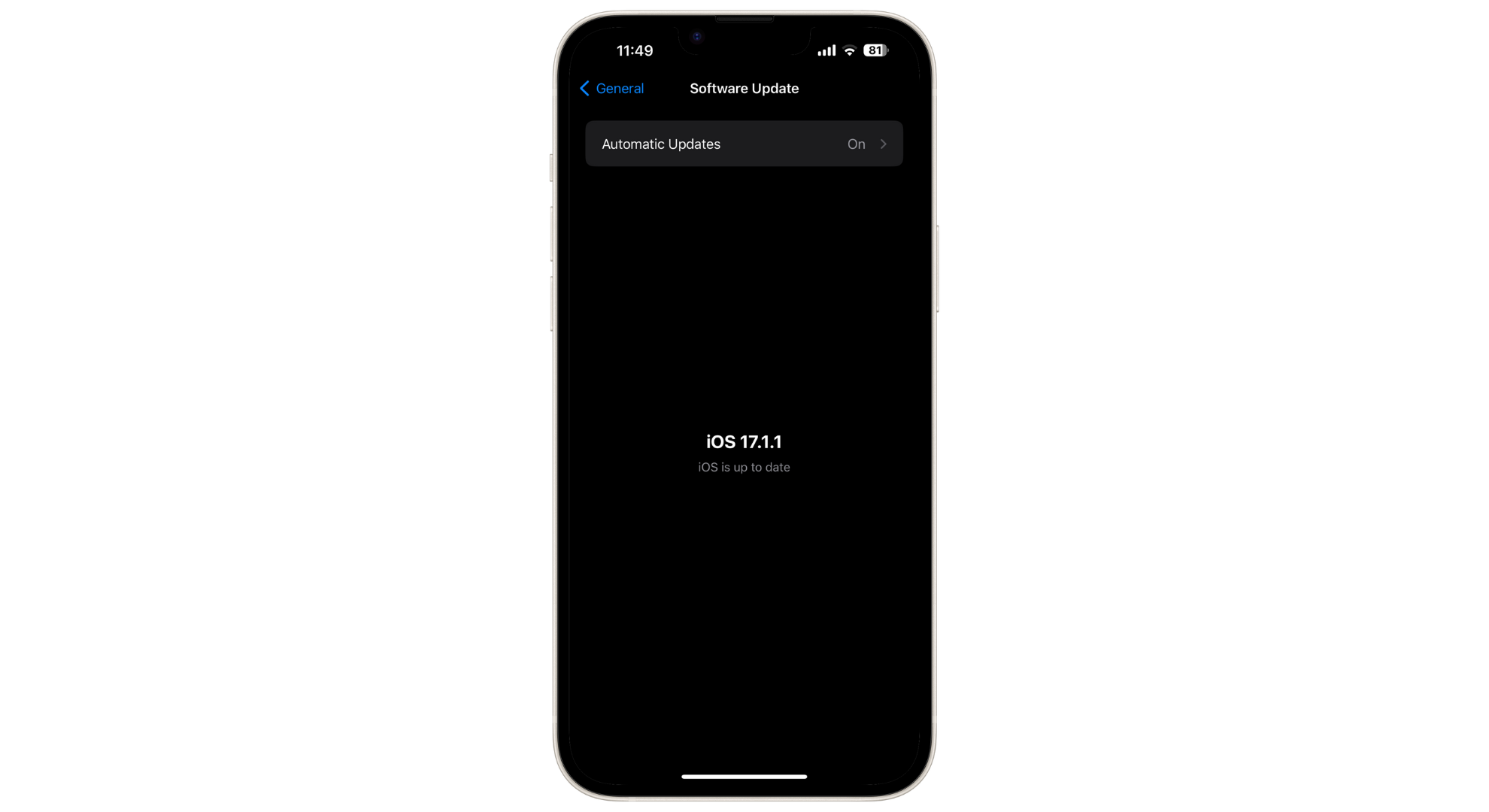
Install the latest iOS update
8. Turn off Low Power Mode
Low Power Mode on iPhones dims the screen to conserve battery life, particularly when the battery drops to 10% or 20%. To manage screen brightness fluctuations, consider disabling Low Power Mode.
Here’s how to disable it:
- Navigate to Settings and find the Battery section.

Tap on Battery - If Low Power Mode is enabled, tap the toggle to deactivate it.
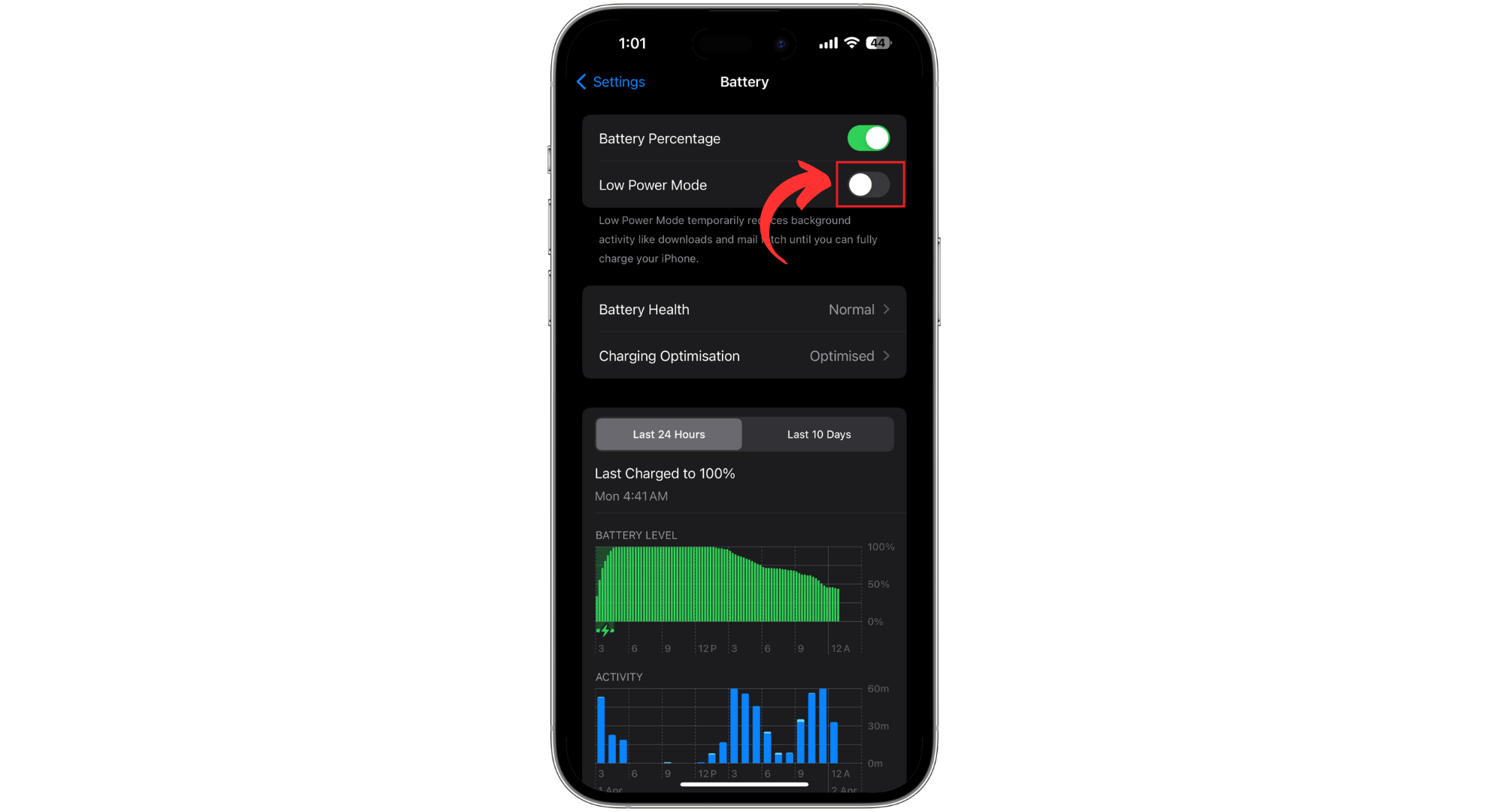
Turn Low Power mode off
9. Reset All Settings
Occasionally, an overlooked setting might cause your screen to randomly change brightness. Resetting all settings can revert alterations and stabilize brightness levels. Here’s how:
- Open Settings and tap “General.”

Tap on General - Select “Transfer or Reset iPhone.”
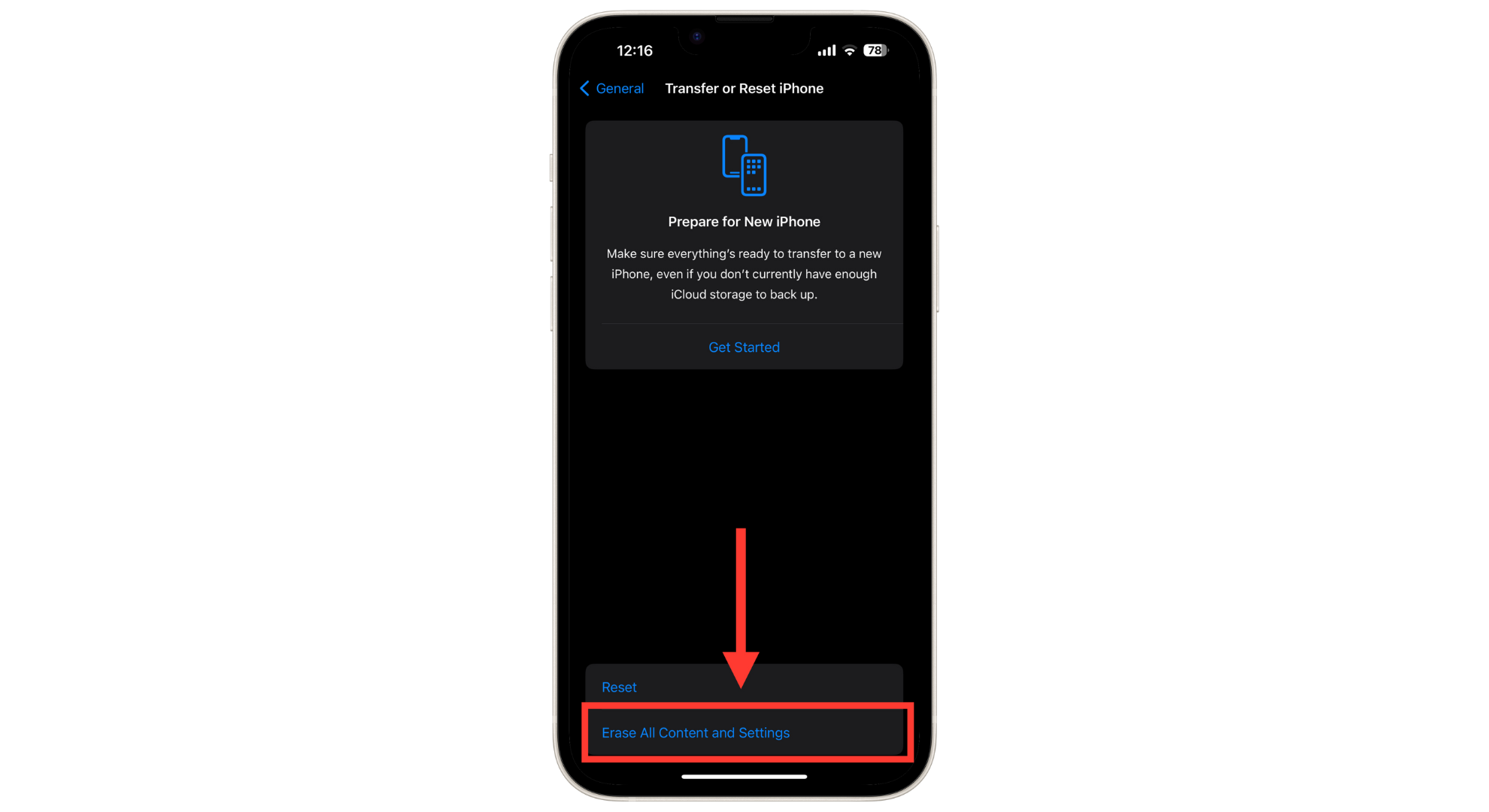
Tap Transfer or Reset iPhone - Choose “Reset.”
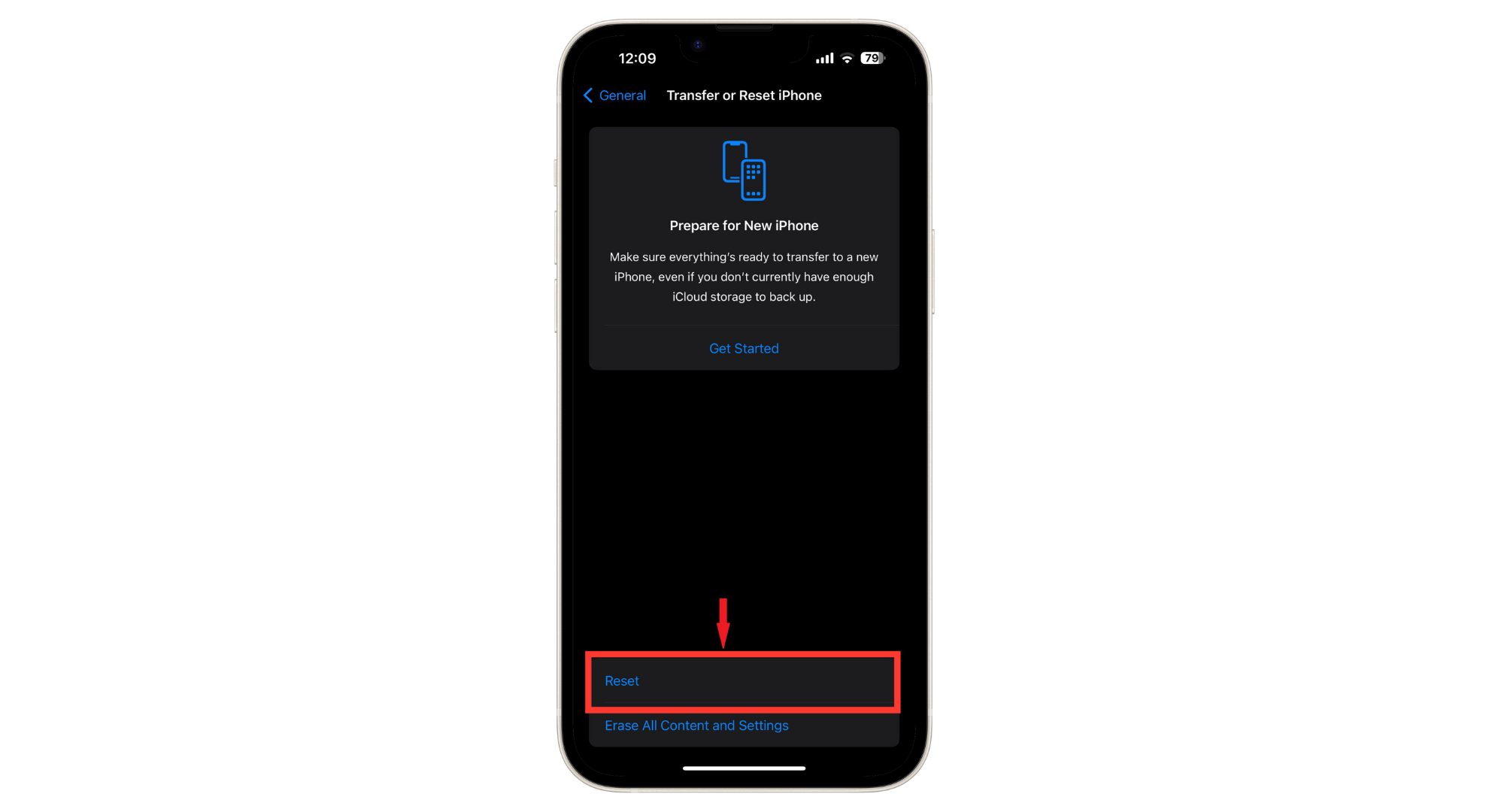
Tap on Reset - Tap “Reset All Settings” to revert to default settings.
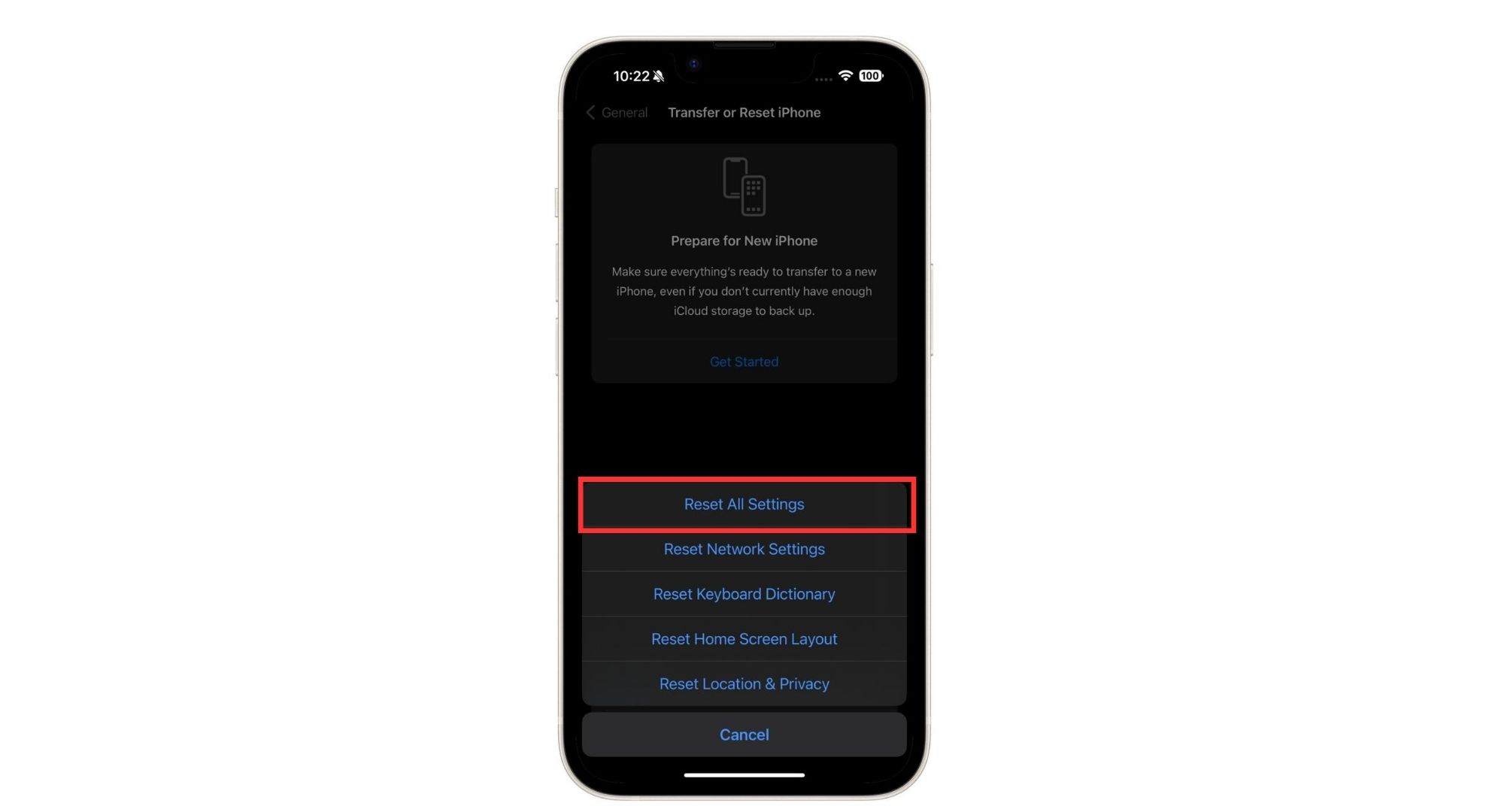
Tap Reset All Settings - Confirm by entering your passcode.

Enter passcode
After confirmation, wait for the reset process to complete.
10. Check the Ambient Light Sensor
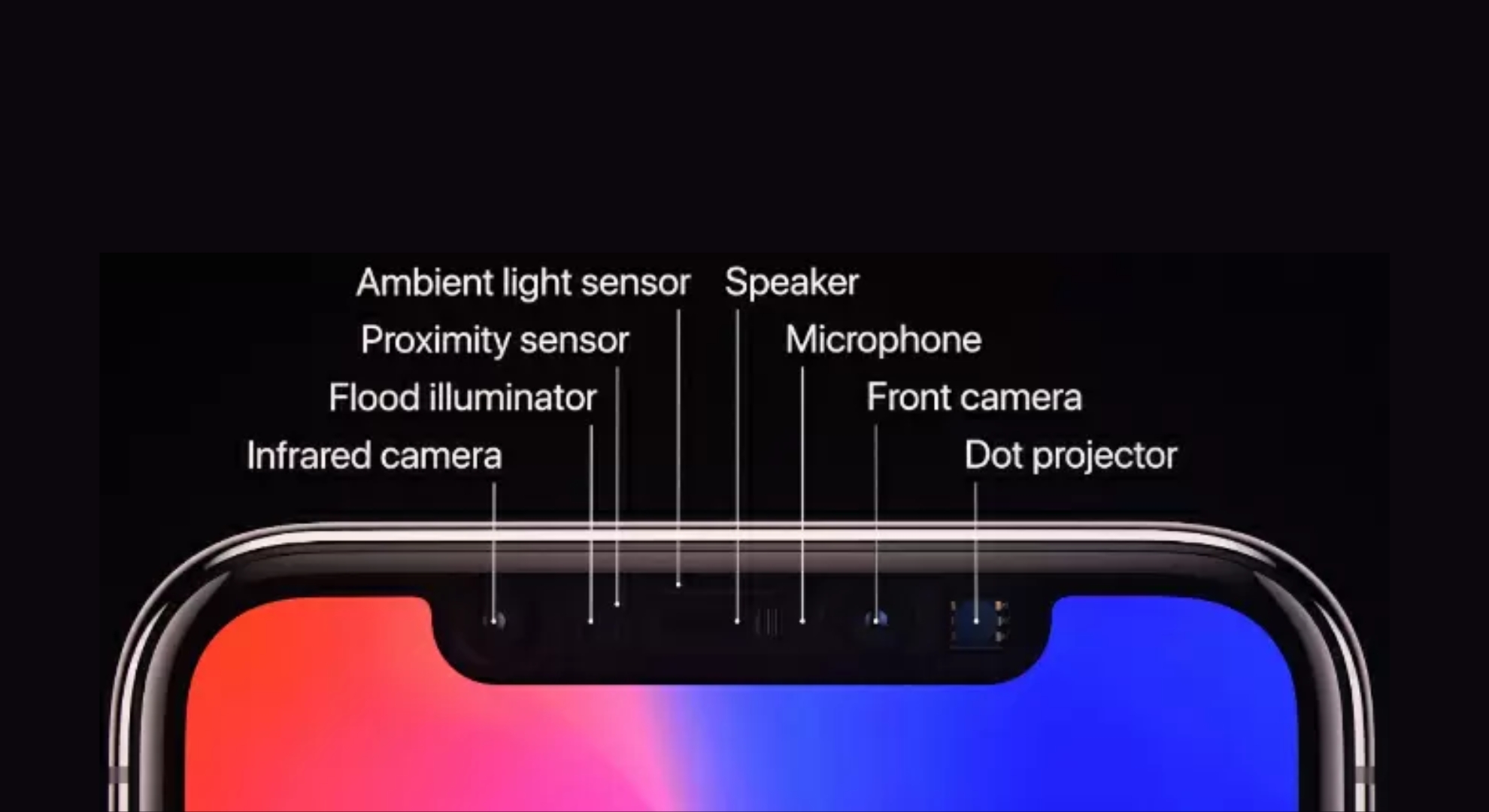
Your iPhone’s Ambient Light Sensor determines the brightness in your surroundings, triggering the auto-brightness feature to adjust screen brightness accordingly.
To check the sensor’s functionality, increase the screen brightness manually and then enable auto-brightness in a dark environment. If the screen doesn’t adjust, your device might have a hardware issue needing inspection. Visit an Apple store for assistance.
11. Contact Apple Support
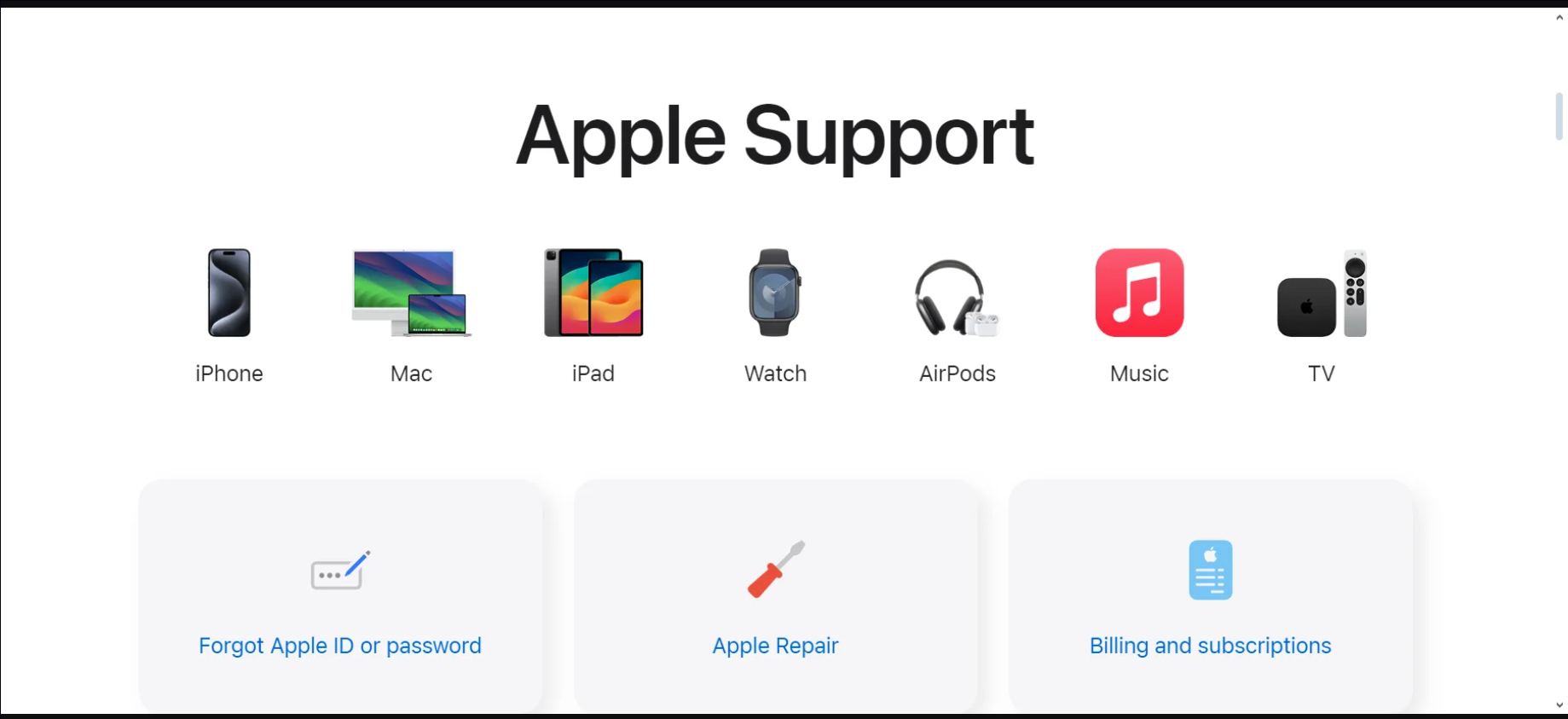
Apple Support can review your iOS device’s details and provide tailored solutions. If necessary, they may recommend visiting an iPhone repair center.
If previous steps do not resolve the issue, it may be caused by a software malfunction or internal problem. In this scenario, contacting Apple Support is the advisable course of action.
How do you change the brightness manually on your iPhone?
Once the issue of automatic brightness changes is addressed, you can manually adjust the brightness as needed. If both Auto-Brightness and Night Shift are disabled, there are two methods to manually control brightness on your iPhone.
↪ From Control Center
Here’s how to adjust brightness using the Control Center:
- On an iPhone X or later, swipe down from the upper right corner (or up from the bottom on earlier models) to access the Control Center.

Access the Control Center - Adjust the brightness by moving the slider up or down on the sun icon.

Adjust the brightness
↪ From Settings
Here’s how to adjust the brightness through the Settings app:
- Open the Settings app and select “Display & Brightness.”

Tap on Display & Brightness - Adjust the Brightness slider to achieve the desired brightness level.
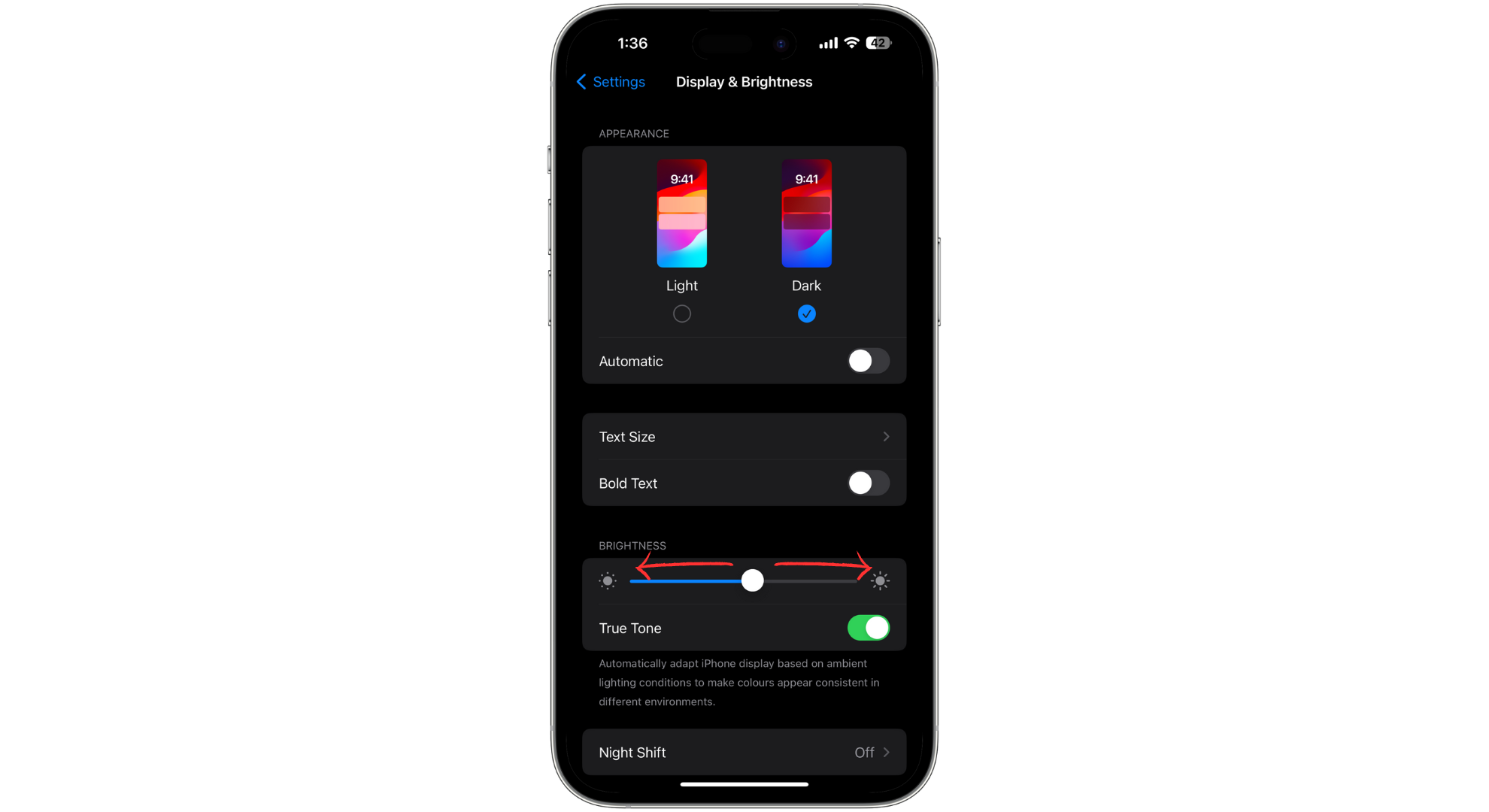
Adjust the Brightness





